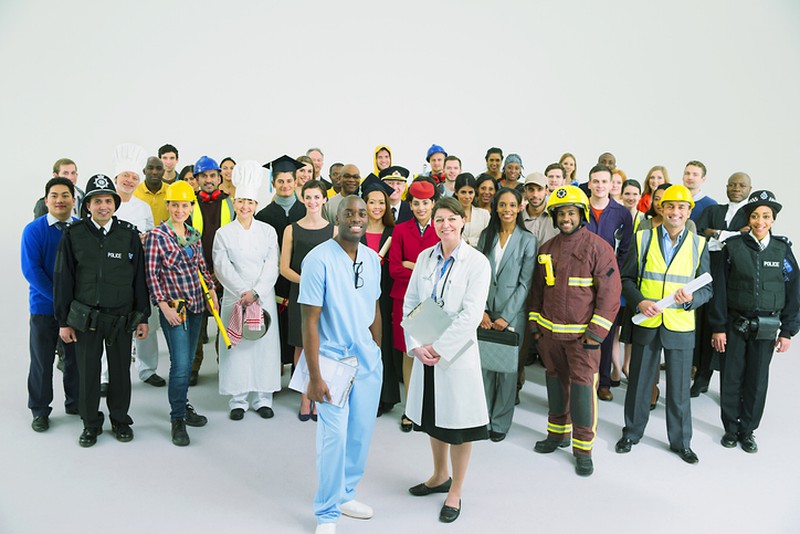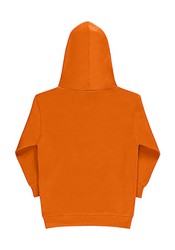High visibility workwear. How to choose it?
In today's fast-paced, safety-conscious world, it's crucial to prioritize high-visibility workwear for people in hazardous or low-light environments. When it comes to selecting the right "high-visibility workwear," there are several key factors to consider. In this comprehensive guide, we'll delve into the intricacies of choosing the perfect high-visibility garments that not only meet safety standards but also meet your specific needs.

High Visibility Workwear
High visibility workwear serves a vital purpose in enhancing the safety of workers operating in environments with reduced visibility. Whether it is construction sites, roads, warehouses or any other environment where workers need to be seen, high visibility clothing plays a crucial role in preventing accidents and ensuring employee well-being.
1. Compliance with Safety Standards
When choosing high visibility workwear, the first and foremost consideration should be compliance with safety standards. Look for garments that meet recognized standards such as ANSI/ISEA 107 or EN ISO 20471. These standards outline specific requirements for the design, color, and reflective properties of high-visibility clothing, ensuring maximum visibility and protection for the wearer.
2. Selecting Color and Reflective Material
The color and reflective material used in high-visibility workwear significantly impacts its effectiveness. Bright, fluorescent colors such as yellow, orange, or lime green are commonly used due to their high visibility during the day. These colors contrast well against most backgrounds, making workers more visible in their environment.
Additionally, retroreflective materials, such as reflective tape or patches, improve visibility in low-light conditions. These materials reflect light back to its source, improving the chances of being noticed by others. When selecting high-visibility workwear, look for garments with reflective materials strategically placed on the chest, back, and extremities for optimal visibility from all angles.
3. Durability and Comfort
Durability and comfort are essential factors to consider when choosing high-visibility workwear. Garments made from durable fabrics, reinforced seams, and heavy-duty zippers will ensure longevity, even in demanding work environments. Look for workwear that can withstand frequent washing and retain its color and reflective properties over time.
Comfort is equally important, as workers must wear these garments for extended periods of time. Consider features such as breathable fabrics, adjustable cuffs, and ergonomic designs that provide ease of movement. Comfortable workwear promotes productivity and reduces the chances of workers removing high-visibility clothing due to discomfort.
4. Weather and Environmental Conditions
Different work environments require high-visibility workwear that can withstand specific weather and environmental conditions. If your workplace often experiences inclement weather, choose garments with waterproof or water-resistant properties. Breathable fabrics are essential to prevent excessive sweating and discomfort, especially in hot and humid climates.
Also, consider the type of work being performed. If workers need to handle fire or sparks, look for high-visibility clothing made from fire-resistant materials to ensure their safety. Always assess the unique requirements of your work environment and select workwear that provides optimal protection and visibility in those conditions.
5. Sizing and Fit
Proper sizing and fit are crucial to the overall effectiveness and comfort of high-visibility workwear. Ill-fitting garments can restrict movement, impede visibility, and compromise safety. Offering a range of sizes to accommodate the various body types of your workforce is essential.
Ensure that the garments selected provide enough room for layers underneath, allowing workers to adjust their clothing based on weather conditions. Also, consider including adjustable features such as cuffs, waistbands, or straps that allow individuals to customize the fit for comfort and safety.






Opinions of our clients
Receive our news